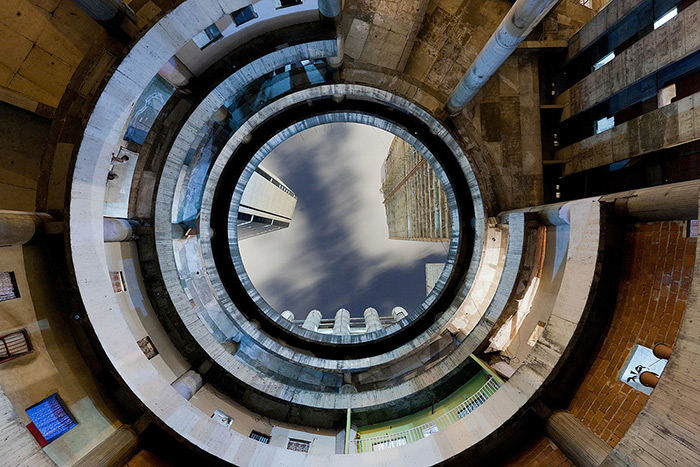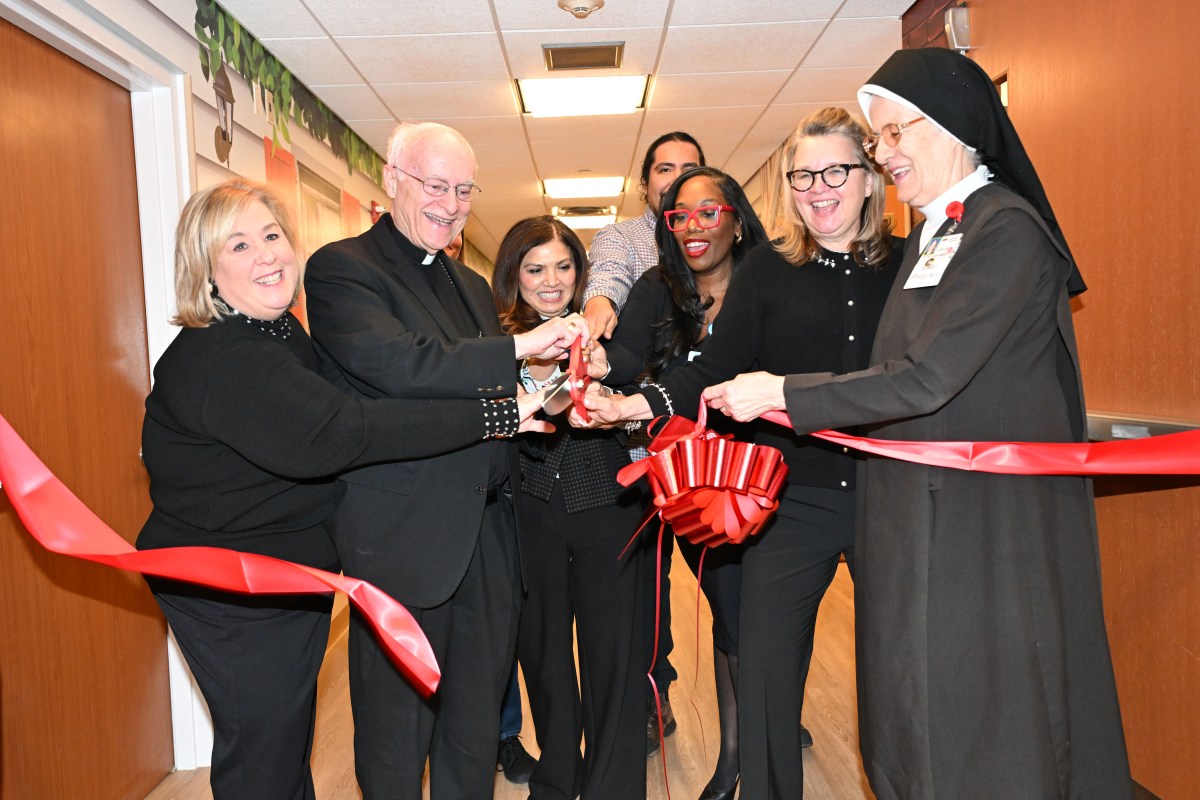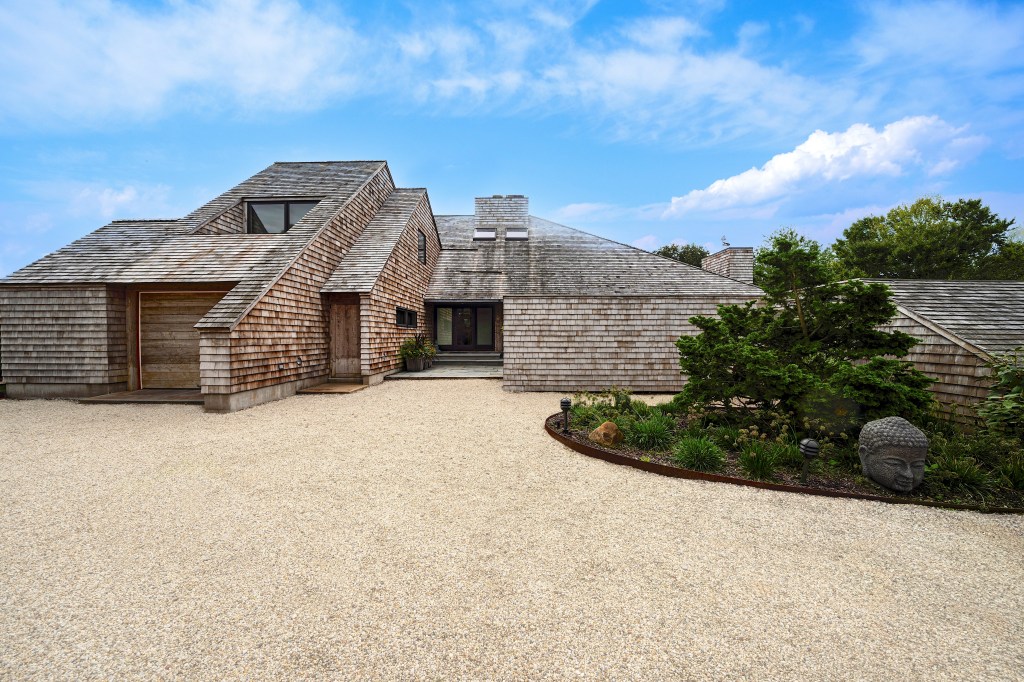'Image Building' at Parrish Explores Art of Photography and Architecture

Ever try taking photos of a beautiful house or building? It’s not so easy, but professionals have refined this talent into a true art form. The Parrish Art Museum’s new exhibition, Image Building: How Photography Transforms Architecture, on view March 18–June 17, explores this dynamic relationship between architecture, photography and the viewer.
Seen through the lens of historical and architectural photographers from the 1930s to the present, Image Building offers a nuanced perspective on how photographs affect our understanding of the built environment and our social and personal identities. The exhibition features 57 images that examine the social, psychological and conceptual implications of architecture through the subjective interpretation of those who captured it.
Organized by guest curator Therese Lichtenstein, Ph.D, Image Building brings together works by 21 renowned, under-recognized and emerging artists ranging from early modern architectural photographers such as Berenice Abbott, Samuel H. Gottscho and Julius Shulman, to the next generation, including Robert Adams, Lewis Baltz, Luigi Ghirri and Stephen Shore; to contemporary photographers Iwan Baan, Hélène Binet, James Casebere, Thomas Demand, Andreas Gursky, Candida Höfer, Thomas Ruff, Thomas Struth and Hiroshi Sugimoto, among others.
In addition to photographs, the exhibition includes ephemera such as magazines and books that illustrate how photography’s meaning shifts when presented in the context of high art or mass culture.
Image Building is organized thematically into Cityscapes, Domestic Spaces, and Public Places, showing the relationship between contemporary and historical approaches to photographing buildings in urban, suburban and rural environments, while also looking at influences, similarities and differences. By juxtaposing these photographs, the exhibition creates a dialogue between the past and present, revealing the ways photography shapes and frames the perception of architecture, and how that perception is transformed over time.
By comparing images of the same architecture through the lens of different photographers, the show further illustrates how the function and meaning of architecture may change depending on the person presenting it. “New York City views, RCA Building Floodlighted,” Gottscho’s 5 x 7 inch 1933 portrait of Rockefeller Center, transforms the building into a beacon of strength and hope during the Depression. In contrast, the same building seems fragile and on the verge of disappearing in Sugimoto’s nearly 5 x 4-foot blurred, dreamlike “Rockefeller Center” from 2001.

New York, New York,” Photo: Courtesy Yossi Milo Gallery, New York
Image Building demonstrates how photographers capture the spirit of a building or cityscape, often in a way that challenges the viewer’s perception and understanding of it. In “Case Study House No. 22 (Los Angeles, Calif.),” Shulman’s high-contrast 1960 photograph of an austere modern residence with female models posed within conveys the drama of the architecture while communicating a lifestyle.
The essence of New York is explored by Abbott and Baan in two photographs separated by nearly 80 years. Shot from the vantage point of the Empire State Building, Abbott’s 1934 photo, “The Night View,” is an abstract, modernist view of a glowing city with architecture illuminated by the buildings’ own lights. In “The City and the Storm” from 2012, Baan used an extremely high-resolution digital camera to achieve a very different moment: New York after Hurricane Sandy, showing much of the city in a blackout. Ruff, among others, relied on new technology and digital manipulation to comment on and draw attention to how the world is seen. In “w.h.s. 10” from 2001, the photographer modified the color and focus of a photograph of 1920s affordable housing to create a blurred image that makes the building appear as a fleeting memory, evoking the passage of time.
Image Building focuses on the intersection between architecture and visual art, highlighting photographers who elevated humble, mundane structures and streetscapes to the level of high art. Baltz’s straight-on black and white photographs of generic houses under construction in the Los Angeles suburbs—as in his 1970 photo “Tract House #6, from The Tract Houses portfolio”—become abstract images of geometry and texture.
On Saturday, March 17 from 5:30–7:30 p.m., the Parrish Art Museum is hosting a special members-only program and reception featuring a talk by Parrish Art Museum Director Terrie Sultan, guest curator Therese Lichtenstein, and catalogue essayist Marvin Heiferman to celebrate the opening of Image Building: How Photography Transforms Architecture.
Following the exhibition at the Parrish Art Museum, Image Building will travel to the Frist Center for the Visual Arts in Nashville, Tennessee form July 20–October 28.
The Parrish Art Museum is located at 279 Montauk Highway in Water Mill. Call 631-283-2118 or visit parrishart.org for more info.



